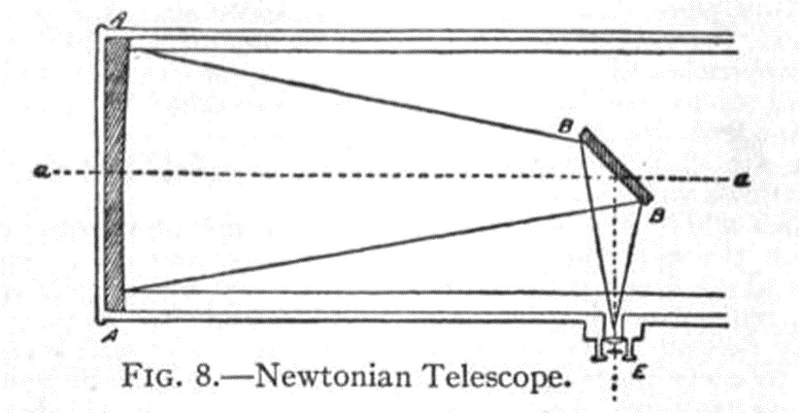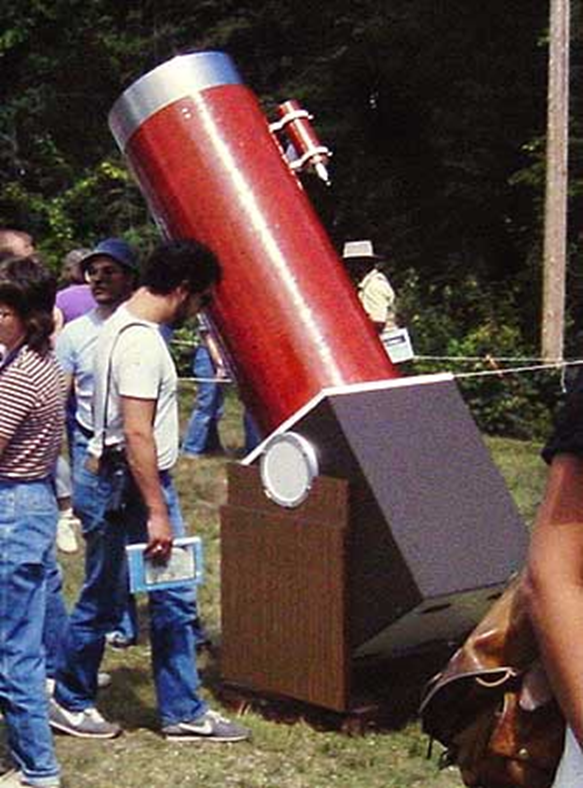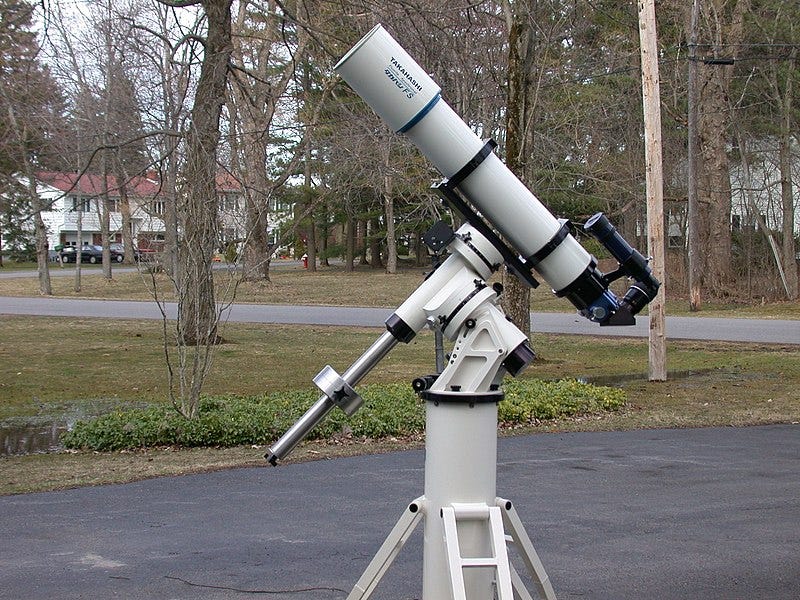The Legacy of the Dobsonian Telescope: A Tribute to John Dobson
Written on
Chapter 1: Introduction to the Dobsonian Telescope
The Dobsonian telescope has established itself as a fundamental tool in amateur astronomy. Its inception allowed enthusiasts to access powerful telescopes at a fraction of the cost compared to traditional commercial options. While these instruments are now available through various retailers, many amateur astronomers still prefer to construct their own, utilizing readily available materials such as cardboard tubes and plywood.
The straightforward design of Dobsonian telescopes not only makes them easy to assemble but also enhances their usability, making them ideal for visual observations. The telescope's design is based on an alt-azimuth mount, allowing for smooth movements in both vertical and horizontal directions. Its optical tube features a simple Newtonian design, employing a parabolic mirror to gather light from celestial objects. This light reflects off a flat mirror and travels to the eyepiece, where it can be magnified and focused for viewing.

The round side-bearings attached to the tube typically remain stationary, gliding smoothly on Teflon pads to provide effortless vertical motion. The base of the telescope also moves from side to side with remarkable fluidity, thanks to bearing surfaces made of Teflon and Formica, reminiscent of a silent lazy Susan.
The beauty of the Dobsonian design lies in its accessibility; virtually anyone can build one using a variety of common materials. Furthermore, these telescopes come in numerous sizes, from modest models to impressive, larger ones. The example depicted below illustrates a smaller model compared to some of the more elaborate amateur constructions.

Before the advent of the Dobsonian, quality telescopes were often prohibitively expensive and complicated to operate. Most of them utilized equatorial mounts for tracking celestial bodies, a necessity given the limited size of telescopes available at the time. These instruments could only reveal faint deep-sky objects through long-exposure photography, making the ability to counteract Earth's rotation vital. Unfortunately, building such equipment was typically beyond the reach of the average amateur astronomer.

Although astrophotography remains a popular pursuit among hobbyists, it is no longer essential for observing faint celestial objects. With the introduction of the Dobsonian design, enthusiasts can now directly explore these objects with large telescopes, making the hobby significantly more affordable, straightforward, and fulfilling. As highlighted by Sanchari Chakraborty, “Dobsonian telescopes contained a basic mechanical design that could be easily manufactured from available types of machinery to build a massive, mobile, low-cost telescope. This telescopic configuration is augmented for detecting faint, deep-sky objects such as stars, galaxies, and nebulae” (Chakraborty).
Section 1.1: The Visionary Behind the Design
The innovative mount of the Dobsonian telescope may seem intuitive today, but this was not always the case. The credit for this groundbreaking design goes to John Dobson, a monk whose imaginative thinking led to its development. Unfortunately, his fellow monks did not share the same enthusiasm for his invention as the astronomy community did.
John Dobson was born in Beijing on September 14, 1915. His mother was a musician, while his father taught zoology at Peking University. The family moved to San Francisco in 1927, where John later earned a degree in chemistry from UC Berkeley in 1943. Initially an atheist, Dobson's perspective shifted after attending a lecture by Swami Ashokananda from the Vedanta Society, prompting him to join the monastery in 1944. His scientific background made him a suitable candidate to bridge the monastery's teachings with scientific principles, which subsequently ignited his passion for astronomy.
He began crafting telescopes from whatever materials he could source and extended invitations to others to join him in observing the night sky. In no time, he found himself dedicating most of his efforts to teaching others how to construct their own telescopes, a pursuit that was deemed inappropriate by the Vedanta Society. As a result, he was asked to leave the monastery in 1967. Dobson accepted the request and went on to co-found the San Francisco Sidewalk Astronomers the following year.

John Dobson devoted the remainder of his life to educating others on building telescopes and sharing the wonders of the universe. He never sought to patent his designs and was known to become visibly upset when people referred to his creations as "Dobsonians." He insisted they be called "sidewalk telescopes."
His refusal to profit from his invention is discussed in a 2014 article by Elaine Woo. In her piece, she recounts a story from Bob Alborzian, who coordinated the Burbank chapter of Sidewalk Astronomers. According to Alborzian, “He said, ‘These are gifts to humanity.’ His goal was to open astronomy to the common man” (Woo).
John Dobson not only envisioned this goal but successfully realized it. By the time of his passing in 2014, millions of amateur astronomers worldwide were utilizing Dobsonian telescopes, contributing countless hours to recreational astronomy and making significant scientific discoveries, including the identification of Comet Hale-Bopp in 1995.
Dobson's life, which spanned nearly a century, will be remembered long after his passing. His selfless contributions to science and humanity are immeasurable, leaving the world in a better place for having known him. It's often said that our heroes rarely meet our idealized expectations; however, in the case of John Dobson, he was indeed the exception.
The first video titled "20 inch Dobsonian Design, Build and Observing" provides an insightful look into the construction and use of a 20-inch Dobsonian telescope, showcasing its features and advantages.
The second video, "How to build a Dobsonian telescope (Part One)," serves as a comprehensive guide for enthusiasts looking to create their own Dobsonian telescopes, covering the initial steps of the process.
If you found this article engaging, consider following me on Medium to support my work. Thank you for your encouragement.